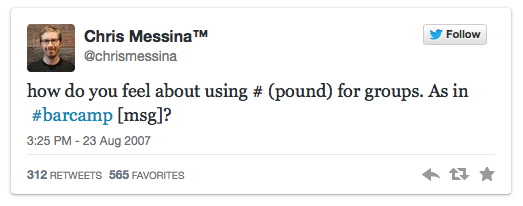And so, as the bruised and battered shoppers from across the fifty holiday-engorged states made their way back to their homes and questionable leftovers, a new beast lay in waiting behind their inauspicious computer monitors and tablets. The Monday after the turkey and gravy fest, and after the menacing crowds and monsters of Black Friday, is the latest great opportunity to present consumers with yet more ridiculous sales and deals – all now available conveniently within the safety of their own homes. It was Cyber Monday. Shopping online was madness. At nightfall the internet sat in the corner of the shower and wept. One phrase surely graced more computer monitors than on any other given day throughout the year: This Site is Temporarily Down.
Cyber Monday is a fairly recent cultural phenomenon. It began in 2005. A press release was conducted by the company Shop.org, publicly stating that the Monday following Thanksgiving was quickly becoming one of the busiest online shopping days of the year. This was based on the numbers of the previous year: The monday following Thanksgiving had been in the top 12 busiest online shopping days of 2004. Shop.org decided to attempt throwing the e-commerce community on the Black Friday bandwagon. It worked. That Cyber Monday saw record numbers: numbers which have increased annually since.
This year broke a new record, pushing online sales over the 2 billion dollar mark in a single day. $2.29 billion dollars to be exact.
Cyber Monday Profits
2006 – $610,000,000
2007 – $730,000,000
2008 – $846,000,000
2009 – $887,000,000
2010 – $1,028,000,000
2011 – $1,251,000,000
2012 – $1,465,000,000
2013 – $2,290,000,000
In contrast, sales for the 2013 Black Friday weekend went down for the first time in seven years. Falling 2.9% from last year’s sales, this year saw 57.4 billion dollars in profits for the weekend. That is a significant pullback considering the numbers had been on the rise every year since 2006. Last year saw 59.1 billion dollars in sales.
The most evident thought-process to be reached by these numbers is right in front of us: everything is moving into the digital age. Cyber Monday was not only successful – it was phenomenal. It wasn’t just the computers either. A whopping 18.3% of online sales were found and processed using tablets and smart phones. Cyber Monday is becoming easier to do, so naturally the numbers are rising. Black Friday is a time-honored and kind of scary tradition, sure, but why chance being flattened to the ground by high-tops and pumps in front of a Walmart when you can sit in your pajamas and work those index-finger muscles?
 It’s not perfect yet. There were, as there always are, some technical problems while dealing with the massive number of visitors on e-commerce sites. Several sites did crash due to an overload of volume, including Motorola, Toys’R’Us, Urban Outfitters, Brookstone, Nordstrom, and Barnes & Noble. While most of these companies were back online within a few minutes, they potentially lost hundreds of thousands of dollars in their absence.
It’s not perfect yet. There were, as there always are, some technical problems while dealing with the massive number of visitors on e-commerce sites. Several sites did crash due to an overload of volume, including Motorola, Toys’R’Us, Urban Outfitters, Brookstone, Nordstrom, and Barnes & Noble. While most of these companies were back online within a few minutes, they potentially lost hundreds of thousands of dollars in their absence.
If there is a moral to the story that was Black Cyber Weekend, it must be that, well, we’re all a bunch of greedy and impatient barbarians, and the machines will soon be taking over.
Sources: Wikipedia.org, Business Insider, Bloomberg News






